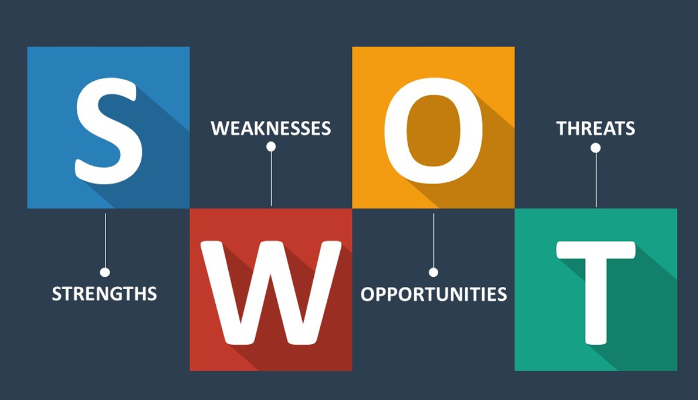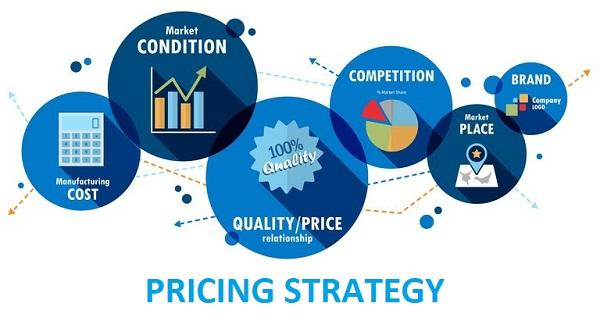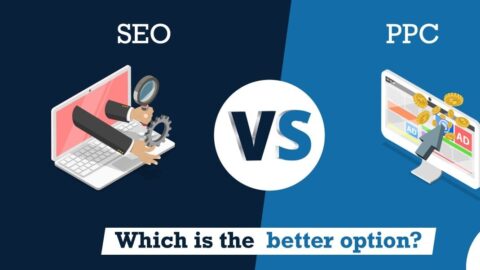Enhance Your Business with B2B Competition Analysis
In the fast-paced business world, staying ahead of the competition is vital to success. As a B2B (business-to-business) company, understanding your competitors’ strategies, strengths, and weaknesses can provide valuable insights and give you a competitive edge. This is where B2B competition analysis comes into play. You can identify opportunities, mitigate threats, and make informed decisions by performing a thorough competitor analysis to enhance your business. This listicle will delve into the significance of B2B competitor analysis and the steps involved in conducting it effectively.
Table of Contents
What is a competitive analysis in B2B?
What are the 4 competitor analysis?
The four types of competitor analysis are:
1. Direct Competitor Analysis: Evaluating businesses that offer similar products or services to the same target audience.
2. Indirect Competitor Analysis: Analyzing businesses that offer different products or services but still compete for the customer’s attention and budget.
3. Primary Competitor Analysis: Focusing on the main competitors that have a significant market presence and pose the greatest threat.
4. Secondary Competitor Analysis: Examining smaller or emerging competitors that may have niche offerings and potential for future competition.
-
Understanding the Importance of B2B Competition Analysis
In the dynamic landscape of B2B commerce, conducting a thorough competitor analysis holds immense importance for sustainable growth and success. B2B competition analysis is evaluating and analyzing the performance, products, marketing strategies, and overall business practices of your direct and indirect competitors in the market. This analysis empowers your business to make informed decisions based on real data and insights rather than assumptions.
Identifying Competitive Advantages
Identifying and leveraging your competitive advantages is paramount in a highly competitive marketplace. Competitor analysis helps you recognize the unique strengths and capabilities that set your business apart from others in the market. With this knowledge, you can emphasize these distinctive attributes to attract more clients and gain a larger market share.
Uncovering Market Opportunities
Opportunities for growth and expansion often hide within market gaps that competitors may overlook. B2B competition analysis helps you spot untapped areas of potential in the market. By identifying unaddressed customer needs or unexplored niches, you can create innovative solutions that cater to these demands, potentially expanding your customer base and revenue streams.
Mitigating Risks and Threats
In the competitive realm of B2B, being prepared for potential risks and threats is essential. Through competitor analysis, you can proactively anticipate potential threats to your business. By understanding the strategies of other companies, you can develop countermeasures to mitigate risks, thereby safeguarding your market position and reputation.
Enhancing Marketing Strategies
A well-crafted marketing strategy is crucial for effectively reaching and engaging with your target audience. Competitor analysis offers insights into the marketing tactics employed by other B2B companies. By learning from their successes and failures, you can refine and optimize your marketing strategies, ensuring maximum impact and brand visibility.
-
The Key Steps of B2B Competition Analysis
Performing a comprehensive B2B competition analysis involves several essential steps. Let’s explore each of them in detail:
Define Your Competitors
Identify your indirect and direct competitors in the B2B market to kickstart the analysis. Direct competitors are those offering similar products or services to the same target audience, while indirect competitors may have different offerings but still compete for your customer’s attention and budgets.
Gather Information
To conduct a well-informed analysis, gather data on your competitors from various reliable sources. Explore their websites, social media channels, press releases, annual reports, and industry publications to collect relevant information about their products, pricing, target audience, marketing campaigns, and market share.
Analyze Website and SEO
A strong online presence is crucial for any business in the digital age. Analyze your competitor’s websites and their search engine optimization (SEO) strategies. Evaluate the quality and relevancy of their content, user experience, and the keywords they are targeting. This analysis can provide insights into their online visibility and how they attract organic traffic.
Assess Social Media Presence
Social media has become a powerful platform for brands to engage with their audience and also for B2B Competition analysis. Analyze your competitors’ social media presence to understand their engagement strategies, content type, and frequency of posts. This analysis can help you identify gaps in their approach and improve your own social media strategy.
Evaluate Content Marketing
Content marketing is a cornerstone of B2B marketing strategies. Evaluate your competitors’ content, such as blogs, whitepapers, videos, and webinars, to understand their expertise and engagement with the audience. By assessing the type and quality of content they produce, you can refine your content marketing strategy to stay ahead in the race.
SWOT Analysis

A SWOT analysis (Strengths, Weaknesses, Opportunities, and Threats) is a fundamental aspect of competitor analysis. Conduct a SWOT analysis for each of your competitors to gain a clear picture of their positioning in the market and areas where your business can excel.
Pricing Analysis

Pricing is a critical factor influencing customers’ purchasing decisions. Analyze your competitors’ pricing strategies and pricing models. Understanding their pricing can help you adjust your own pricing strategy to remain competitive while ensuring profitability and perceived value.
Customer Reviews and Feedback
Customer reviews and feedback are invaluable sources of information. Monitor and analyze customer reviews and feedback about your competitors. This valuable data can shed light on their strengths and weaknesses from a customer’s perspective, helping you tailor your offerings to meet customer needs more effectively.
-
Implementing the Findings
After gathering and analyzing the data, it’s time to implement the insights gained from the B2B competition analysis:
Capitalize on Competitive Advantages
Use the knowledge gained from analyzing your competitors’ strengths and weaknesses to capitalize on your own competitive advantages. Promote these unique selling points to attract new customers and retain existing ones. Differentiation is key to establishing a solid market position.
Address Market Opportunities
Based on the gaps identified in the market, develop new services or products that address customer needs. Tailor your offerings to fill these gaps, positioning your business as a market leader in meeting customer demands for B2B Competition analysis. Be responsive and agile to emerging trends and demands.
Mitigate Risks
Prepare strategies to mitigate potential risks identified through competitor analysis. Stay adapt to changing market conditions to minimize the impact of external threats. A proactive approach to risk management ensures long-term sustainability.
Revamp Marketing Strategies
Your marketing strategies should be dynamic and adaptive. Revise your marketing strategies based on successful tactics observed in your competitors’ campaigns. Strive to create unique and compelling marketing messages to stand out.
Conclusion:
B2B competitor analysis is a critical process that can significantly enhance your business’s success. Implementing the findings enables you to leverage your competitive advantages, seize market opportunities, mitigate risks, and optimize your marketing strategies. Remember, continuous competitor analysis is essential to adapt to the dynamic business landscape and maintain your business’s growth trajectory. Embrace the power of B2B competition analysis to thrive in an ever-evolving business environment.

11+ years strategic communications, marketing, and project management experience. I am a trainer at StarWood Training Institute, focusing on online courses for project management professionals.










